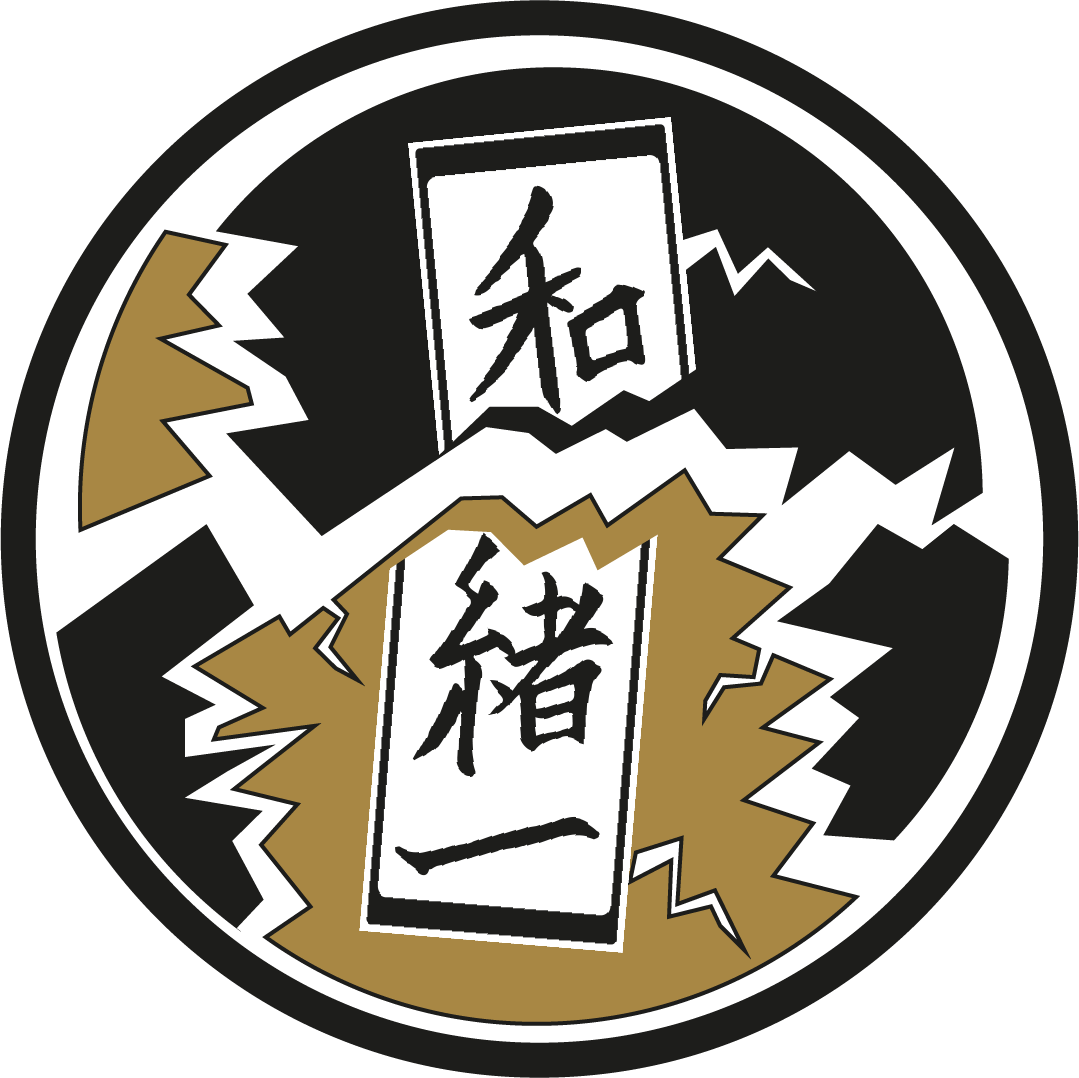Kanpō: Japanese Medicine
Have you ever heard of kanpō (漢方)?
It is the name for traditional Japanese medicine. Ironically, if we break down the meaning of the kanji ( 漢 – kan ‘Chinese’ + pō 方- ‘way’/’method’) it could be translated with ‘the Chinese method’.
This peculiar medicine has been introduced to Japan from China around the 6th century and went through quite some adaptations both in the way it was applied and presented.
If you needed to consult a kanpō practitioner in the 18th century, you would either pay him a visit at his house or he could come to yours.
During the auscultation, a practitioner will make use of all his senses, which could also take account of your body odor, to elaborate his prognosis. However, the treatment recommended is largely dependent on the impression he gets. The physician will look for anomalies in your immune or digestive system etc. and then prepare a custom-made medicine which should bring the patient’s body back into a state of harmony. The treatment could mean the prescription of a mixture of dried herbs or suggest dietary changes and many more options.
© All About, Inc.
Kanpō vs. Rangaku
In 1868, the first year of the Meiji period, the newly formed central government decided to officially implement the western Medicine. This meant that kanpō practitioners high status started to crumble. But how did it come to this?
Everything was set in motion 100 years prior. Western medicine was acknowledged in Japan thanks to an important work made by scholars specialized in translating western books, brought to them by Dutch merchants trading in Nagasaki. One particularly important piece of work was the Kaitai shinshō 解体新書 (new text about anatomy), written by Sugita Genpaku in 1774. This text, originally written in Dutch, showed detailed drawings and descriptions of the anatomy of the human body.
Sugita Genpaku, a former kanpō physician, was convinced of the accuracy of the Dutch medical theory while attending a dissection of a female body. As a scientist himself, he realized the importance of that Dutch text he had in his possession and decided to translate it. Kaitai shinsho marks the beginning of rangaku, a Japanese group of intellectuals studying western sciences through Dutch books, which sparked an interest towards western knowledge as a whole.
Kaitai Shinsho
© National Museum of Nature and Science, Tokyo
The interest in Dutch studies and in Western medicine kept developing during all the 18th century. In 1857, the Shogunate invited the Dutch physician van Merdevoort in Japan to teach anatomy, bandaging, physiology, and surgery. The Dutch approach to medicine was perceived as suitable for military purposes, as it was made accessible to everyone. While western medicine was based on experimentation and sharing the knowledge obtained, kanpō (traditional Japanese medicine) on the other hand, was often privatized through certain families.
From 1874 onward to become a kanpō physician required to pass an additional 6 modules in western medical theory, including surgery, anatomy, and diagnostics. With these legal changes, the profession of kanpō physician was no longer a hereditary one. This threatened the existence of kanpō practitioners while emphasizing the westernization process that Japan was going through.
Japanese doctors operating on a patient's leg, 1905. © Underwood & Underwood; Library of congress
Kanpō Nowadays
In the 20th century a renewed interest in alternative medicine stimulated the comeback of kanpō (traditional Japanese medicine). From 1967 onward, more and more kanpō-substances have been included in the list of approved remedies of the national health insurance.
Since 2001, conventional future doctors have to take certain courses in kanpō (quite the opposite from the situation 100 years prior). That is why, nowadays, a doctor in Japan could prescribe you kanpō medicines instead (or along with) conventional drugs. In its modern version kanpō medicines come in different shapes and forms: it can be presented as ready-made granules or as conventional-looking pills. Mixtures are widely standardized, which makes them much more suitable for mass use and facilitates the process of quality control.
At present, Tsumura is one of the market leader for kanpō medicines.
Kanpō medecines from Tsumura. © ogiyakkoku
Written by Yannick Scherrer




